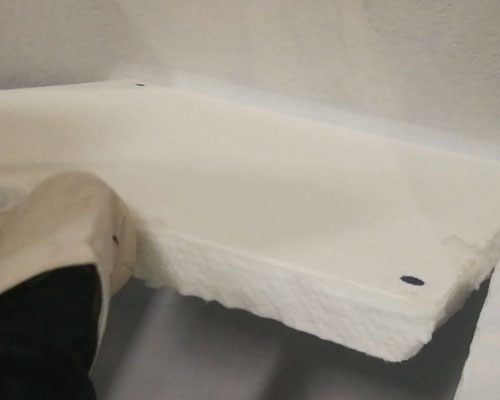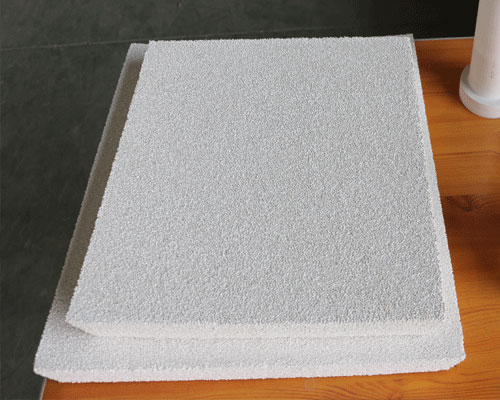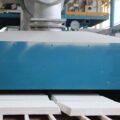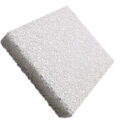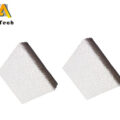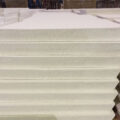The ceramic foam filter system effectively removes most of the inclusions in the melt, so that the deviation of the tensile strength, yield strength, and elongation of the workpiece tends to be reduced, and avoids the decrease of the mechanical properties caused by the inclusions.
The purification mechanism of the ceramic foam filter system roughly includes the following aspects: interception and blocking. In general, large-volume inclusions are easily intercepted and blocked by the filter. With the passage of a certain amount of metal melt, a filter cake will be formed on the surface of the filter inlet, after which the flow rate of the melt through the filter will be significantly reduced. On the one hand, due to the decrease in the inner diameter of the inlet, the probability of interception of smaller-sized inclusions increases, and the removal efficiency of small-sized inclusions increases. On the other hand, due to the reduction of the cross-sectional area of the molten metal flow channel, the replenishment of the molten metal is blocked, which is prone to casting defects such as delayed feeding and shrinkage.
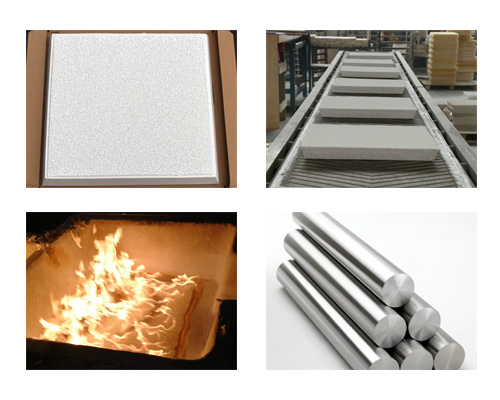
The molten metal and inclusions are generally non-wetting. The smaller the particle size of the inclusions, the worse the wettability. Therefore, small particle inclusions below 50 um need to be removed by the adsorption mechanism. When the inclusions flow through the wall of the filter, because the inclusions are in contact with the filter surface with better mutual wettability, they are easily separated from the molten metal and are absorbed by the wall of the filter. If the pores of the molten metal filter are small, the filter channel is long, and the flow rate is slow enough, the inclusions in the molten metal are more likely to contact the inner wall of the filter, and the efficiency of the inclusions being captured by the filter is higher. However, small particle inclusions below 10um are difficult to remove by adsorption. The molten metal passes through the filter so that the molten metal in a turbulent flow state tends to become a laminar flow state. Makes the molten metal flowing through the filter fills smoothly, avoiding the secondary oxidation of the molten metal.

